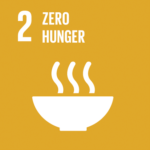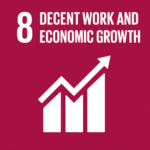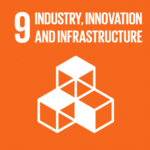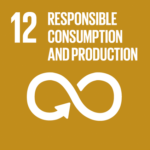Cellular agriculture could make Finland an exporter of food innovations
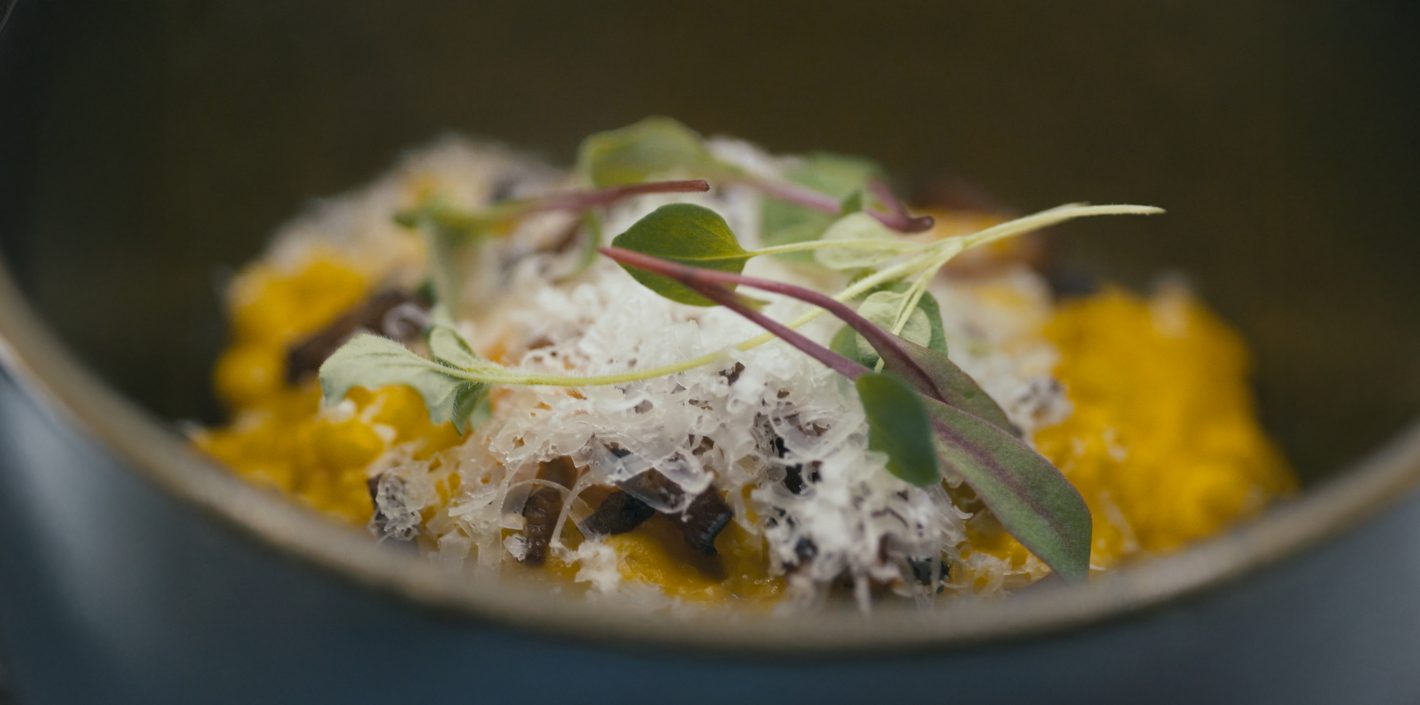
Case - Published 16.6.2025
Cellular agriculture creates a significant potential for Finland to increase food exports and to redesign the food system. A new report lists eight concrete measures for advancing the field.
Cellular agriculture involves the use of cells, be it microbial, vegetable, fungal or animal, in food and feed production. Cells, or compounds produced by them, are grown in a nutrient solution in bioreactors. Examples of cellular agriculture products already available to consumers are meat substitutes made of mycoproteins from fungi and various microbial rennets for cheese production.
Proteins and fats, for example, can in the future be produced to replace or complement traditional raw materials. Food production is facing challenges due to climate change, and these may be solved by these new methods of raw material production.
Cellular agriculture is of importance for economic growth, food self-sufficiency and resilience. Using cellular agriculture to produce food can also reduce the environmental impact of agriculture: the energy sources for cells can include food industry sidestreams, and raw material for food can be produced using a smaller land area and creating a smaller carbon footprint.
Up to EUR one thousand million of export potential
The potential of cellular agriculture and the means of realizing it are presented in a report by VTT Technical Research Centre of Finland, Natural Resources Institute Finland and the University of Helsinki. The report was commissioned by the Finnish Ministry of Agriculture and Forestry and Business Finland.
’In the future, the food system will be based on the collaboration of modern agriculture and cellular agriculture, and it will make use of circular economy solutions,’ says Secretary of State Päivi Nerg of the Ministry of Agriculture and Forestry, quoted in VTT’s media release. ’The development will open up many new business opportunities for Finland and the network of actors in the food system.’
According to the report, the estimated export potential of cellular agriculture by 2035 will be EUR 500–1,000 million. In addition, thanks to investments in facilities and to technological expertise, it is possible to generate exports of equipment, technology and know-how reaching thousands of millions in value.

The crucial drivers for development are considered to be investments in production facilities and the easing of regulation on the EU level. The current statutory authorisation process of novel foods is slow, causing businesses to relocate outside Europe. International corporations could be induced to invest in Finland by offering public investment aid.
Even today, Finland can offer incentives to invest in cellular agriculture. ’Top-class expertise in industrial biotechnology combined with know-how in processing biomass from agriculture and forestry, as well as the renovation of energy infrastructure, can create a competitive advantage for Finland,’ says Emilia Nordlund from VTT, who was in charge of the project.
Eight steps to the breakthrough of cellular agriculture
Realizing the export potential will require concrete measures, such as identifying the strengths Finland already has, and long-term collaboration with research organizations. The report proposes eight measures which would allow Finland to reach a strong position in the field of cellular agriculture.
- Accelerate investments in infrastructure: Finland needs an action plan to increase capital investments and to attract more investments by international companies.
- Influence the EU regulation process: Current regulation slows down the development of the sector. Finland should set up an office to provide tangible support during the authorisation process of novel foods from cellular agriculture and to influence activity on the EU level.
- Initiate an RDI programme: A 5-year research, development and innovation programme with a budget of EUR 100 million would generate innovations for a future food system, combining conventional and cellular agriculture.
- Set up a Food Ministry of the future: An inter-ministry work group, or organisation would work on developing a food system of the future. The organisation would also support the RDI programme and promote cooperation between the programme sectors.
- Safeguard the availability of experts in the sector: The skills base should be expanded and education programmes developed to respond to the growing demands of the field. Education should be designed to provide a broad range of experts and know-how in the food sector, also covering cellular agriculture and circular economy.
- Support communication targeted to consumers and enable public tastings: Inspiring communication about innovations in cellular agriculture and arranging public tastings will increase consumer awareness of future possibilities and allow them to become familiar with new products. Consumers should be given the possibility to participate in co-development. Tastings of novel foods arranged by experts should be allowed in Finland.
- Integrate primary production to cellular agriculture value chains: The production of raw materials for cellular agriculture processes and the standardisation of quality are of critical importance to cellular agriculture value chains, and this will also open up new business opportunities for primary producers. Incentives to boost cooperation with primary producers should be created.
- Target support measures to exports: When estimating the growth and export potential of cellular agriculture, the segments to be noted include not only the production taking place in Finland and the associated export of products, but also the exports of equipment, technology and know-how, as well as IP licensing. Constructing factories and value chains outside Finland should not be forgotten. Support should be targeted to all export segments and the development prospects of different export markets should be understood.
What is required is bold action and collaboration
Teija Lahti-Nuuttila, Executive Director of Business Finland, stresses that Finnish companies should identify their strengths and invest in a long-term improvement of their competitiveness, based on research. Funding for cellular agriculture projects is already available, and the time to strike is right now.
’In an international comparison, Finland’s position in the development is good. This is the time to embrace practical action and to turn the predicted growth potential into reality,’ Lahti-Nuuttila says.
By Selma Salin, biotalous.fi (selma.salin(at)tapio.fi)
Agenda2030
Among the UN sustainability goals, support to cellular agriculture is in line with the following, for example:
- Goal 2: Zero hunger
- Goal 8: Decent work and economic growth
- Goal 9: Industry, Innovation, Technology and Infrastructure
- Goal 12: Responsible consumption and production

